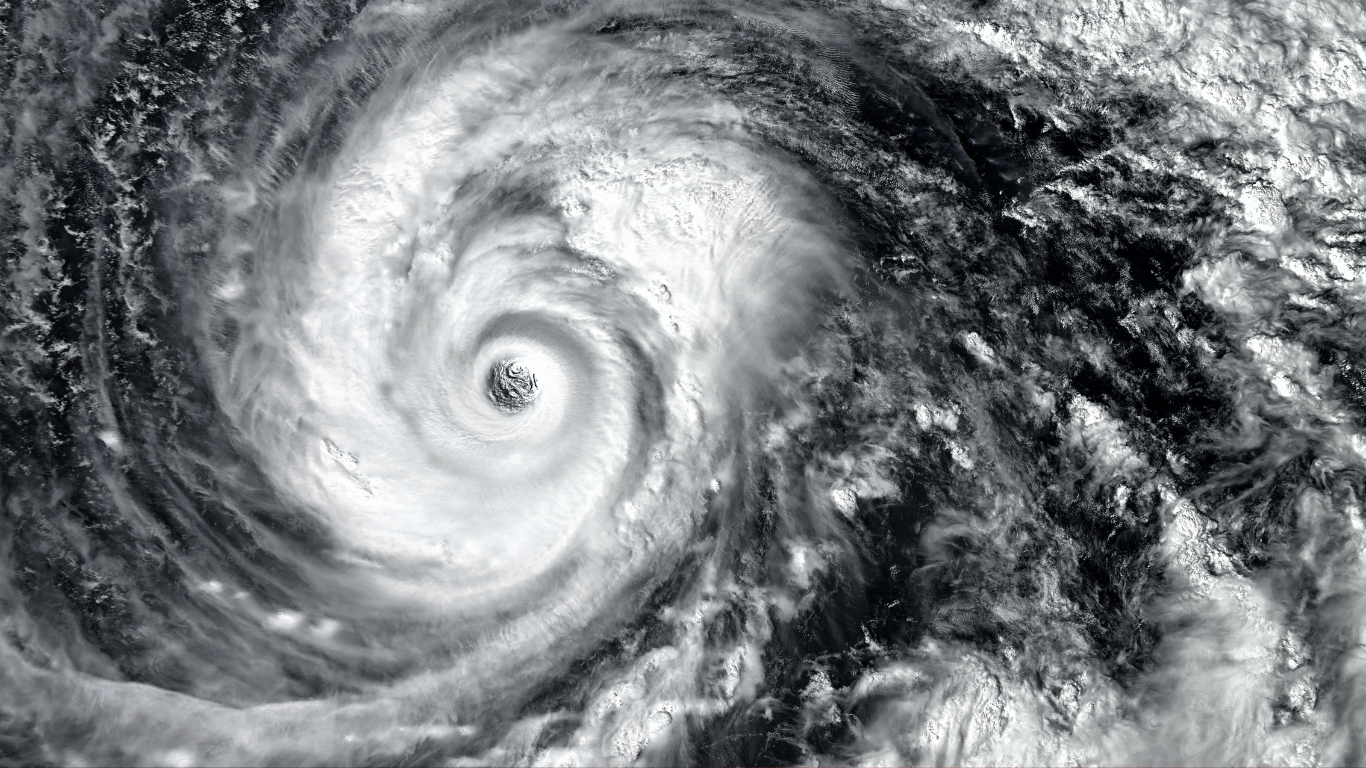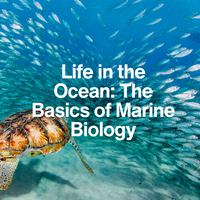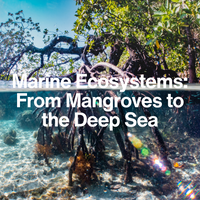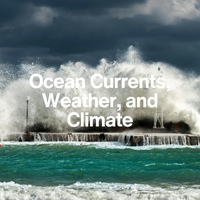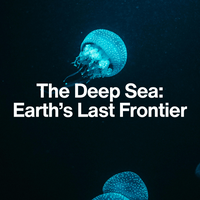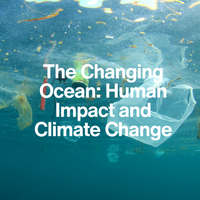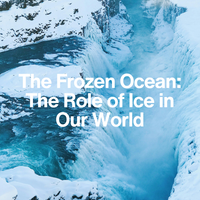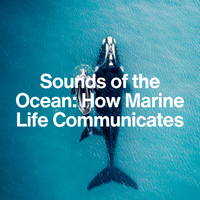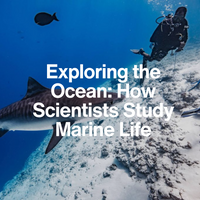LESSON 3
What Are El Niño and La Niña?
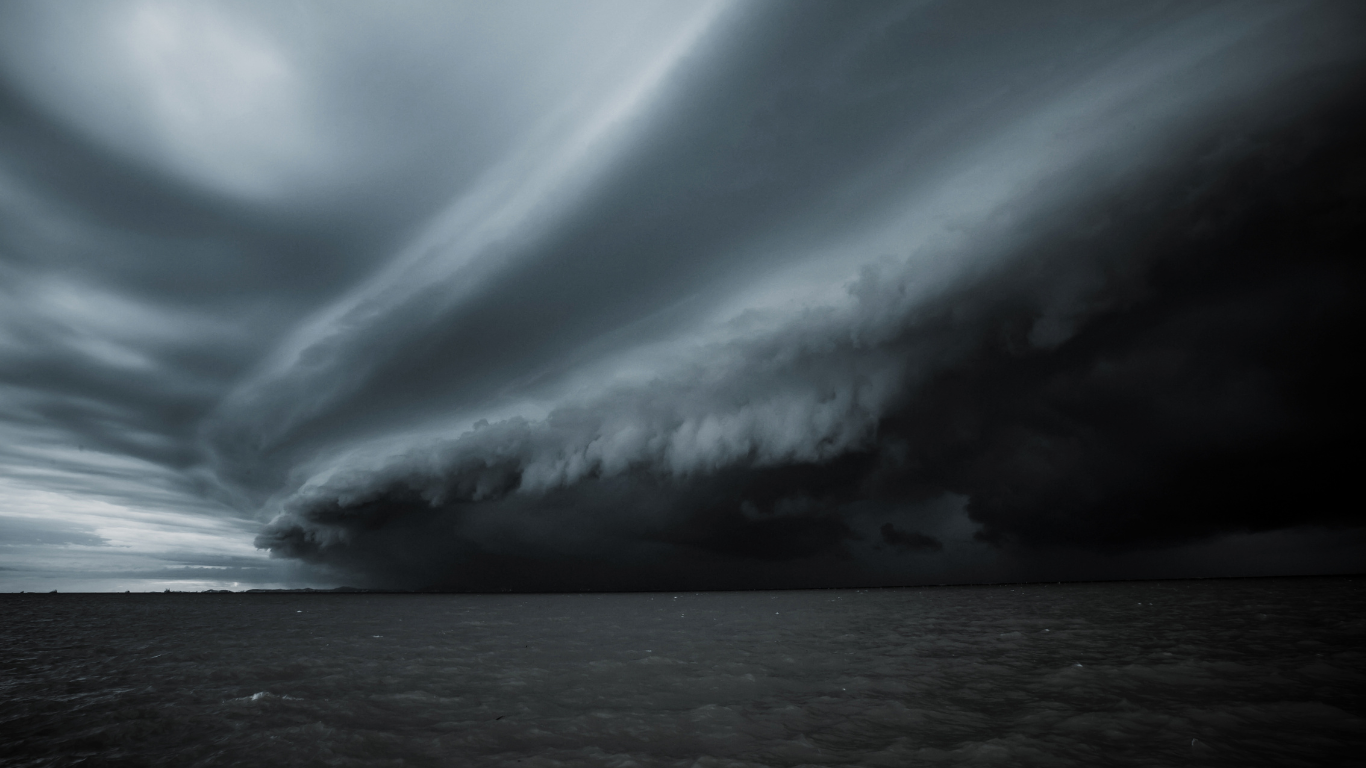
Introduction:
When the Ocean Tips the Balance
Most of the time, the Pacific Ocean behaves in a predictable way—warm water pools in the west, cooler water stays in the east. But every few years, this balance shifts dramatically, triggering changes in weather all over the world. These shifts are called El Niño and La Niña. They may sound small, but they can cause floods, droughts, heatwaves, and even influence global food supplies!
1. What Is El Niño?
El Niño (meaning "The Little Boy" in Spanish) is a natural climate pattern where the Pacific Ocean’s surface waters become warmer than usual, especially along the coasts of South America.
Did you know?
The name "El Niño" was first used by Peruvian fishermen who noticed unusually warm waters around Christmas time!
2. What Is La Niña?
La Niña (meaning "The Little Girl") is the cooler counterpart to El Niño. During La Niña, surface waters in the Pacific Ocean become colder than average, and the usual wind patterns strengthen.
Fun Fact
La Niña events often last longer than El Niño events—sometimes up to two years!
3. Why El Niño and La Niña Matter Globally
These events don't just affect the Pacific—they influence global weather patterns, agriculture, and ecosystems around the world.
Did you know?
Scientists can now predict El Niño and La Niña months ahead of time, giving communities a chance to prepare for extreme weather.
Conclusion
Small Changes, Big Impacts
El Niño and La Niña may start with slight temperature changes in the Pacific, but they ripple outward, influencing weather, agriculture, and ecosystems worldwide.
By understanding them, we can better prepare for the challenges they bring—and appreciate the incredible ways the ocean shapes life on land.
Key Takeaways:
El Niño brings warmer waters to the Pacific, leading to floods, droughts, and stronger storms.
La Niña brings cooler waters and often boosts hurricane activity and changes global rainfall.
Both events can seriously affect farming, fisheries, and economies worldwide.
Monitoring ocean temperatures helps scientists predict these powerful patterns.
NEXT LESSON
Hurricanes and Storms: How the Ocean Creates Extreme Weather
Next, we'll dive into Hurricanes and Storms: How the Ocean Creates Extreme Weather—and how ocean heat fuels some of the most powerful forces on Earth.
